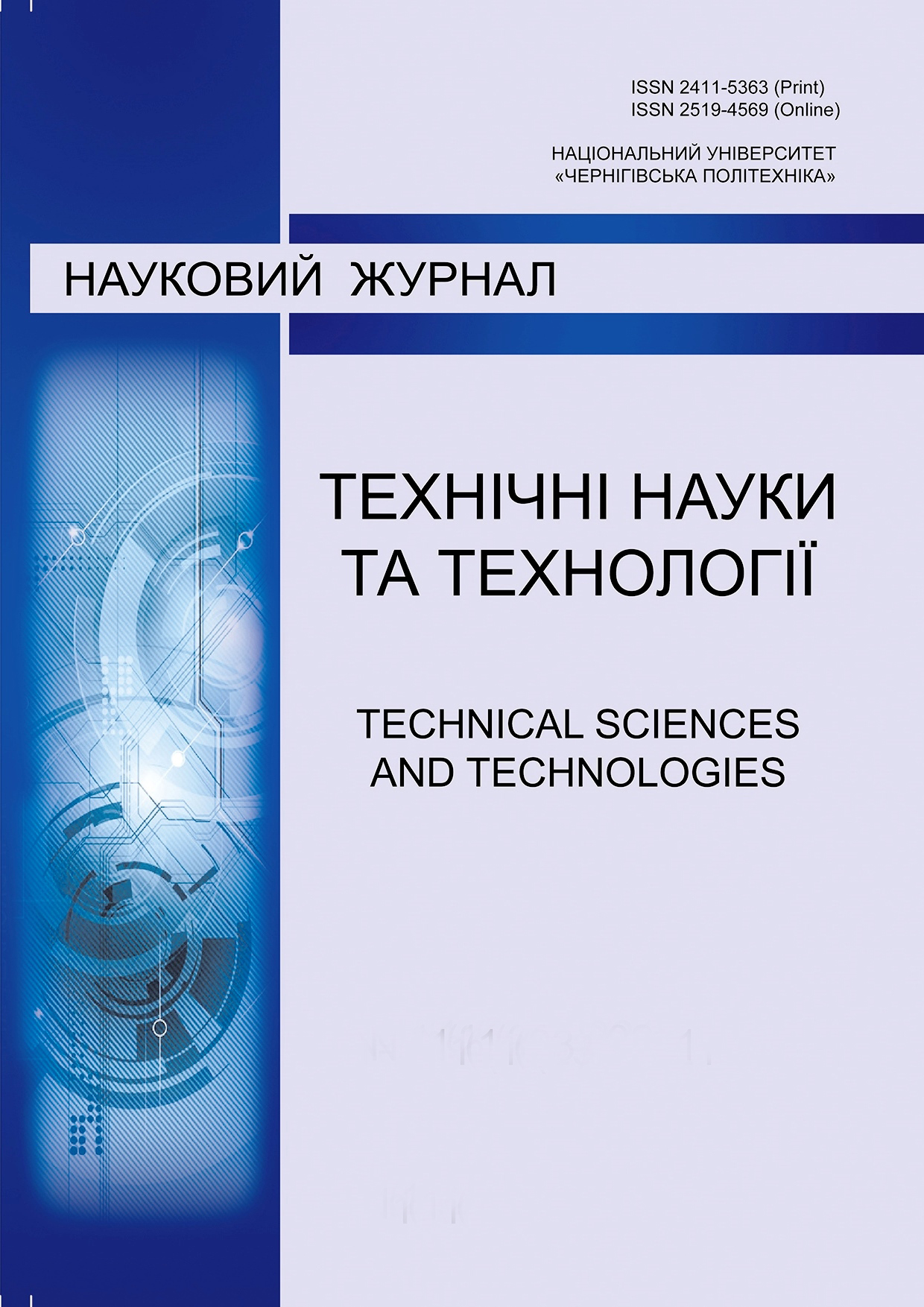Моделювання горизонтальних деформацій земної поверхні регіонального масштабу з використанням GNSS-даних (на прикладі території Європи)
DOI:
https://doi.org/10.25140/2411-5363-2024-2(36)-319-330Ключові слова:
GNSS; модельна поверхня; базисна функція; апроксимація; метричний тензор; деформаціяАнотація
У статті представлено результати науково-методичного дослідження проблеми оцінювання горизонтальних деформацій земної поверхні за даними глобальних навігаційних супутникових систем GNSS. Подано результати статичного моделювання горизонтальних деформацій земної поверхні регіонального масштабу методами, які ґрунтуються на теорії перетворень образів ріманового простору у формі диффеоморфних многовидів. В основу методів покладено властивості елементарних многовидів евклідового типу розмірності N = 2 у формі дотичної площини з
параметризацією прямокутною системою координат та дотичних криволінійних поверхонь обертання з параметризацією сферичною та еліпсоїдальною системами. Розв’язки завдань на цих поверхнях досягнуто методами проективно-диференціальної геометрії. Моделювання реалізовано за вибіркою координат GNSS-станцій на території Європи протягом 2008-2014 рр. Вибірку сформовано на основі бази даних JPL Comb архіву SOPAC. Для побудови функціональних моделей деформації використано базисні функції у формі рядів поліномів Лежандра різних степені та порядку на площині та рядів сферичних функцій різних степені та порядку на геосфері та земному еліпсоїді обертання. Наведено результати обчислення характеристик горизонтальних деформацій земної поверхні, редукованої на зазначені модельні поверхні, та їх порівняльний аналіз. Одержаними результатами підтверджено деформації нелінійного характеру. Наведено результати оцінювання кутових спотворень криволінійних систем координат. Порівняння одержаних результатів з їх аналогами у трансформаціях референцних систем ITRF-ETRF протягом 2008-2014 рр. показало розбіжності у межах точності їх обчислення.
Посилання
International Association of Geodesy. Commission 3 - Earth Rotation and Geodynamics. (2012).
http://iag.dgfi.tum.de/fileadmin/handbook_2012/333_Commission_3.pdf.
Dermanis, A. (2009). The evolution of geodetic methods for the determination of strain parameters for earth crust deformation. In: Terrestrial and stellar environment / eds. D. Arabelos, M. Kontadakis, Ch. Kaltsikis, S. Spatalas. Publication of the school of rural & surveying engineering, Aristotle
university of Thessaloniki, 107-144.
Schneider, D. (1982). Complex Crustal Strain Approximation. Institut für Geodäsie und Photogrammmetrie, Eidgenössischen Technischen Hochschule Zürich. http://e-collection.library.ethz.ch/eserv/eth:1494-01.pdf.
Grafarend, E.W., Voosoghi, B. (2003). Intrinsic deformation analysis of the Earth’s surface based on displacement fields derived from space geodetic measurements. Case studies: present-day deformation patterns of Europe and of the Mediterranean area (ITRF data sets). Journal of Geodesy, 77(5-6),
-326. doi: 10.1007/s00190-003-0329-2.
Pietrantonio, G., Riguzzi, F. (2004). Three-dimensional strain tensor estimation by GPS observations: methodological aspects and geophysical applications. Journal of Geodynamics, 38, 1-18. doi.org/10.1016/j.jog.2004.02.021.
Tadyeyev, O. (2018). Adaptyvni metody otsiniuvannia ta interpretatsii deformatsiinykh poliv Zemli z vykorystanniam GNSS-danykh [Adaptive methods of evaluation and interpretation of deformation fields of the Earth using GNSS data]. Suchasni dosiahnennia heodezychnoi nauky ta vyrobnytstva – Modern Achievements of Geodetic Science and Industry, І(35), 71-78.
Sokolnikoff, I.S. (1964). Tensor analysis: Theory and applications to geometry and mechanics of continua. New York, London, Sydney, John Wiley & Sons.
Tadyeyev, O. (2015). Otsiniuvannia deformatsii zemnoi poverkhni za danymy v heodezychnykh kryvoliniinykh systemakh koordynat [Evaluation of deformations of the Earth's surface based on data in geodetic curvilinear coordinate systems]. Suchasni dosiahnennia heodezychnoi nauky ta vyrobnytstva
– Modern Achievements of Geodetic Science and Industry, І(29), 48-52.
Tadyeyev, O. (2013). Otsiniuvannia deformatsii zemnoi poverkhni z pozytsii teorii kvazikonformnykh vidobrazhen [Evaluation of deformations of the Earth's surface from the standpoint of the theory of quasi-conformal reflections]. Heodeziia, kartohrafiia i aerofotoznimannia – Geodesy, Cartography and Aerial Photography, 78, 140-145.
Tadyeyev, O. (2013). Otsiniuvannia deformatsii zemnoi poverkhni, redukovanoi na heosferu [Evaluation of deformations of the Earth's surface, reduced to the geosphere]. Suchasni dosiahnennia heodezychnoi nauky ta vyrobnytstva – Modern Achievements of Geodetic Science and Industry, ІІ(26), 46-52.
Jahnke, E., Emde, F., Loesch, F. (1964). Spetcialnye funktcii (Formuly, grafiki, tablitcy). Per. nem. pod red. L.I.Sedova [Special functions (Formulas, graphs, tables). Transl. German under the editorship L.I. Sedova]. Nauka.
Scripps Orbit and Permanent Array Center. http://sopac.ucsd.edu/sector.shtml; http://csrcold. ucsd.edu/velocities.shtml.
Altamini, Z. (2018). Relationship and Transformation between the International and the European Terrestrial Reference System. EUREF Technical Note 1. Institut National de l’Information Géographique et Forestière (IGN), France. http://etrs89.ensg.ign.fr/pub/EUREF-TN-1.pdf.
Boucher, C., Altamini, Z. (2011). Memo: Specifications for reference frame fixing in the analysis of a EUREF GPS campaign. Institut National de l’Information Géographique et Forestière (IGN), France. http://etrs89.ensg.ign.fr/memo-V8.pdf.
Altamini, Z., Rebischung, P., Metivier, L., Collilieux, X. (2016). ITRF2014: a new release of the international terrestrial reference frame modeling nonlinear station motions. Journal of Geophysical Research: Solid Earth, 121 (B8), 6109–6131. doi: 10.1002/2016JB013098.
##submission.downloads##
Опубліковано
Як цитувати
Номер
Розділ
Ліцензія

Ця робота ліцензується відповідно до Creative Commons Attribution-NonCommercial 4.0 International License.


